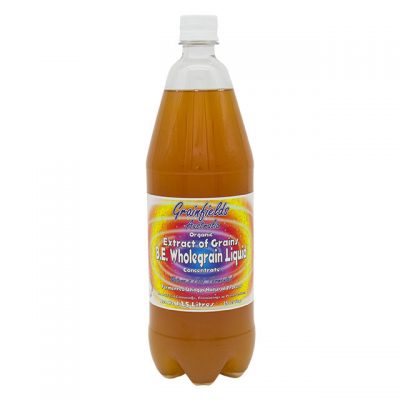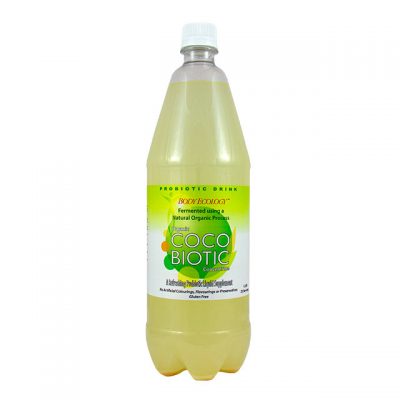Peas, beans and lentils are known as pulses. They are the seeds of plants belonging to the family Leguminosae, which gets its name from the characteristic pod or legume that protects the seeds while they are forming and ripening. Pulses are valuable because they contain a higher percentage of protein than most other plant foods. The seeds of legumes, including peas and lentils, are higher in protein than cereals and are good sources of protein, thiamin, niacin and iron.
Adzuki Beans
 Adzuki Beans are classified as Phaseolus angularis.
Adzuki Beans are classified as Phaseolus angularis.
The adzuki bean is probably a native of Japan, Korea, Manchuria, India, and neighbouring areas of southern Asia, also introduced to some other countries. A small, dried, russet-colored bean with a sweet flavour, it is used in Oriental cuisine.
Adzuki Beans are easy to digest. They are a good source of protein, zinc, iron, A and B-group vitamins.
Chick Peas
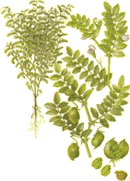 Chick Peas are classified as Cicer arietinum.
Chick Peas are classified as Cicer arietinum.
This is one of the world’s three most important pulses (the other two are Beans and Peas). It was domesticated in the Fertile Crescent of the Middle East together with wheat, barley, and other pulses, and possibly evolved from the wild C. reticulatum. The crop spread, probably reaching the Mediterranean area by 4000 BC and India by 2000 BC. In the sixteenth century it was taken to the New World by the Spaniards and Portuguese. Today the greatest production of the plant takes place in India, where it is the most important pulse, but there is also considerable production in the Middle East and Mediterranean countries. It is used in India to make ‘dhal’; in the Mediterranean area the cooked seeds plus sesame oil and other flavouring form a well-known side-dish – ‘hummus’.
A good source of manganese, it has useful amounts of iron, folate and vitamin E. Chickpeas are low in fat, high in complex carbohydrates, iron and calcium.
Kidney Beans
 Kidney Beans are classified as Phaseolus vulgaris.
Kidney Beans are classified as Phaseolus vulgaris.
Classified with the Common, French, Haricot, Snap Beans and Frijoles, Phaseolus vulgaris are the best known and most widely cultivated bean in the world. Archaeological remains, dated to about 5000 BC, have been found in the Tehuacan valley, also in Peru. It was introduced to Europe in the sixteenth century by the Spaniards and Portuguese; they also carried it to Africa and other parts of the Old World. The bean grows wild in the mountains, 500 to 2000 m above sea-level, in parts of Central and South America. Today, it is widely cultivated in the tropics, subtropics, and temperate areas. The bean is the main pulse crop throughout tropical America (Brazil produces the most) and many parts of tropical Africa – it is a minor crop in India and most of tropical Asia.
Particularly popular for Chili Con Carne and Red Beans and Rice, this firm, medium-size bean has a dark-red skin and cream-colored flesh. Its popularity can be attributed to its full-bodied flavor. Most people think of the kidney bean as being the dark-red variety that is used in the Mexican dish chilli con carne, but there are also black and white varieties available. Kidney Beans in the diet supply good quality protein without fat. They are a good source of potassium and contain iron, phosphorus and folate, as well as zinc.
Mung Beans
 Mung Beans are classified as Phaseolus mungo syn. Vigna radiata.
Mung Beans are classified as Phaseolus mungo syn. Vigna radiata.
A small dried bean with yellow flesh and a skin that is normally green but sometimes yellow or black. It’s most commonly used to grow bean sprouts. Mung beans are widely used in both China and India. Classified as Phaseolus aureus.
The average protein of Australian Mung Beans is 23% and the average carbohydrate content is 62%. Mung Beans are high in protein, contain the minerals calcium, iron, potassium and phosphorus and vitamins A, B complex and small amounts of C. Nutritionally this product resembles other members of the legume family.
Lentils
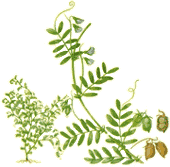 The lentil belongs to the family Papilionoideae. Red lentils are classified as Lens culinaris syn. L. esculenta.
The lentil belongs to the family Papilionoideae. Red lentils are classified as Lens culinaris syn. L. esculenta.
Popular in parts of Europe and a staple throughout much of the Middle East and India, this tiny, lens-shaped pulse has long been used as a meat substitute. There are three main varieties of lentils. The French or European lentil, sold with the seed coat on, has a grayish-brown exterior and a creamy-yellow interior. The reddish-orange Egyptian or red lentil is smaller, rounder and sans seed coat. There’s also a yellow lentil. None of these varieties are used fresh but are dried as soon as they’re ripe.
Lentils have a fair amount of calciumand vitamins A and B, and are a good source of iron and phosphorus. High in soluble fibre and resistant starch.
Soybeans
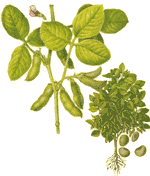 The Soybean belongs to the family Leguminosae. Soybeans are classified as Glycine max.
The Soybean belongs to the family Leguminosae. Soybeans are classified as Glycine max.
The soybean is an ancient food crop in China, Japan and Korea. It’s thought that the first written record of soybeans is dated 2838 BC, and the Chinese have been cultivating them for thousands of years. So important are soybeans to the Chinese that they’re considered one of the five sacred grains along with rice, wheat, barley and millet. Soybeans didn’t find their way to Japan until the 6th century and to Europe until the 17th century.
The nutritional quality of the Soya bean is superior to that of other pulses. It contains more protein and is also a good source of iron and calcium. Soybeans are packed with pharmacological activity. Soybeans are rich in hormones, containing phytoestrogens. Soybeans are the richest source of potent protease inhibitors. Unlike other legumes, the soybean is low in carbohydrates and high in protein and desirable oil.
Soybeans are also high in phytic acid and ideally should be fermented before consuming to ensure that this is reduced. The Chinese eat the soybean after it has been fermented.


